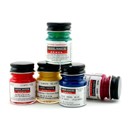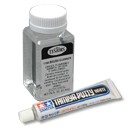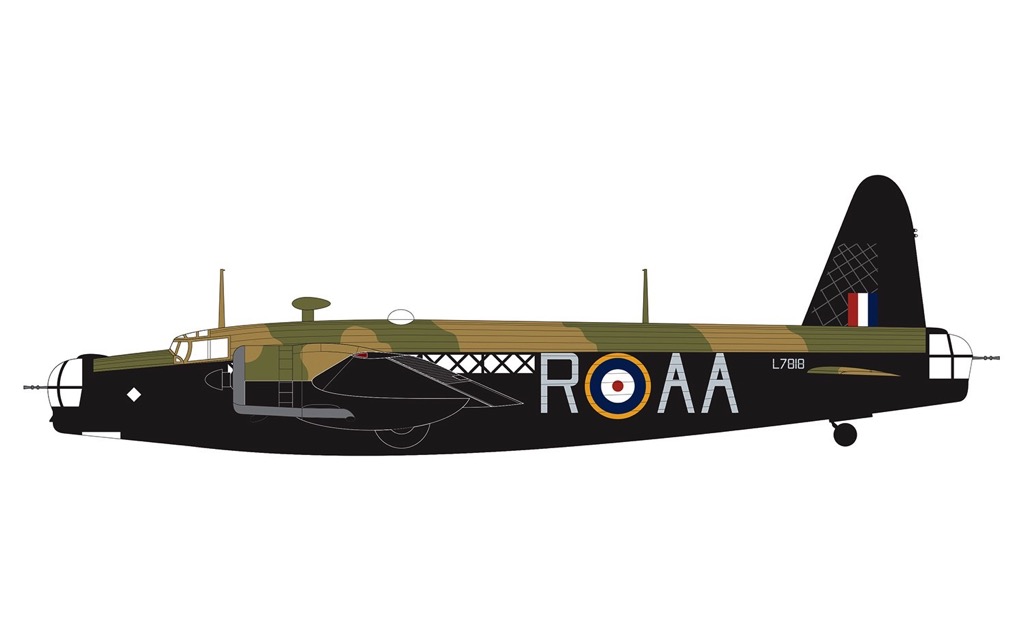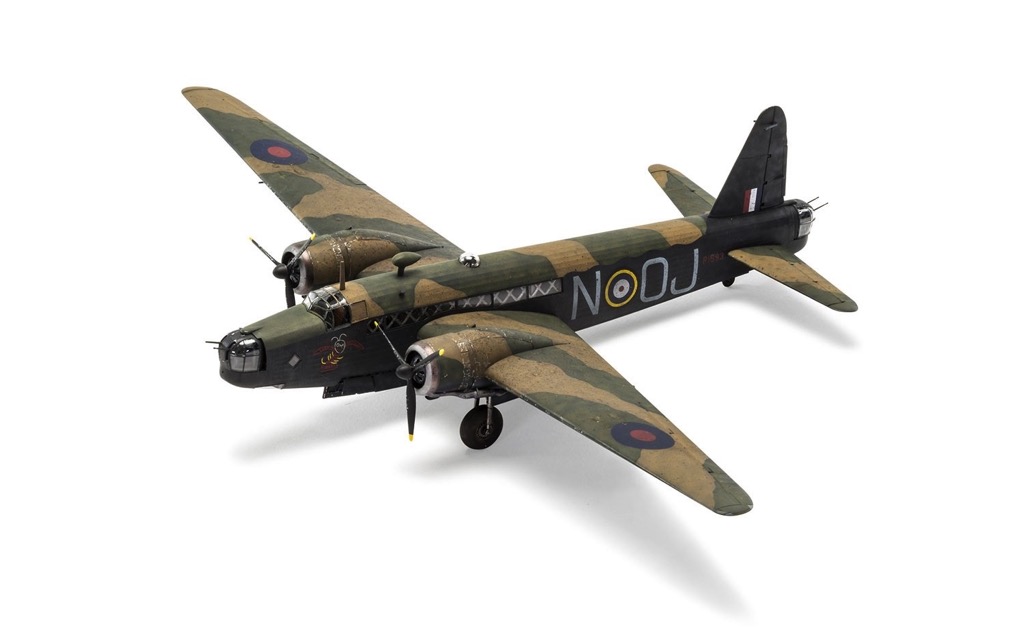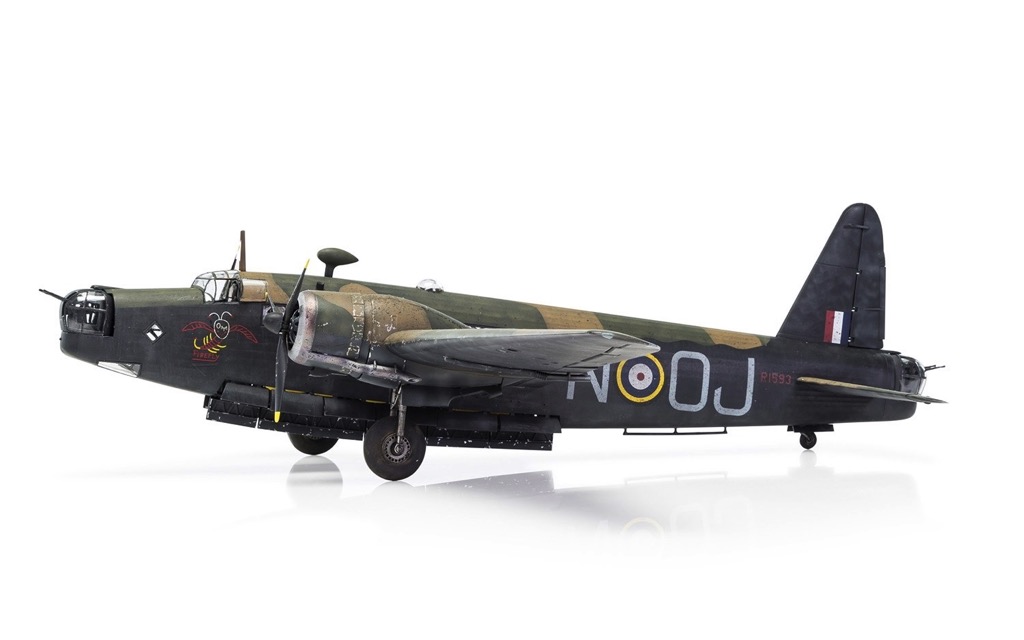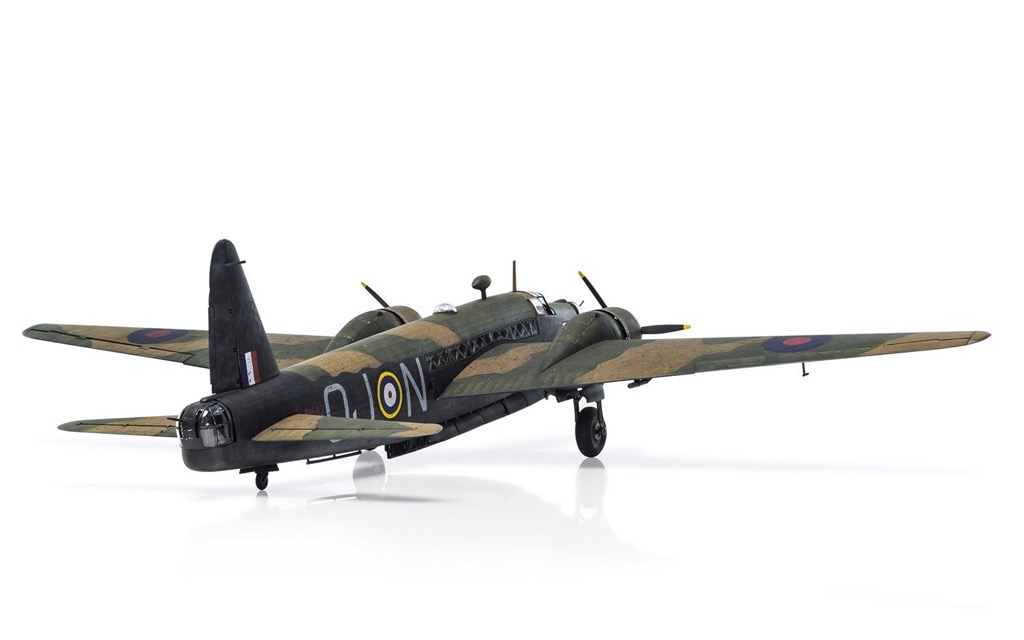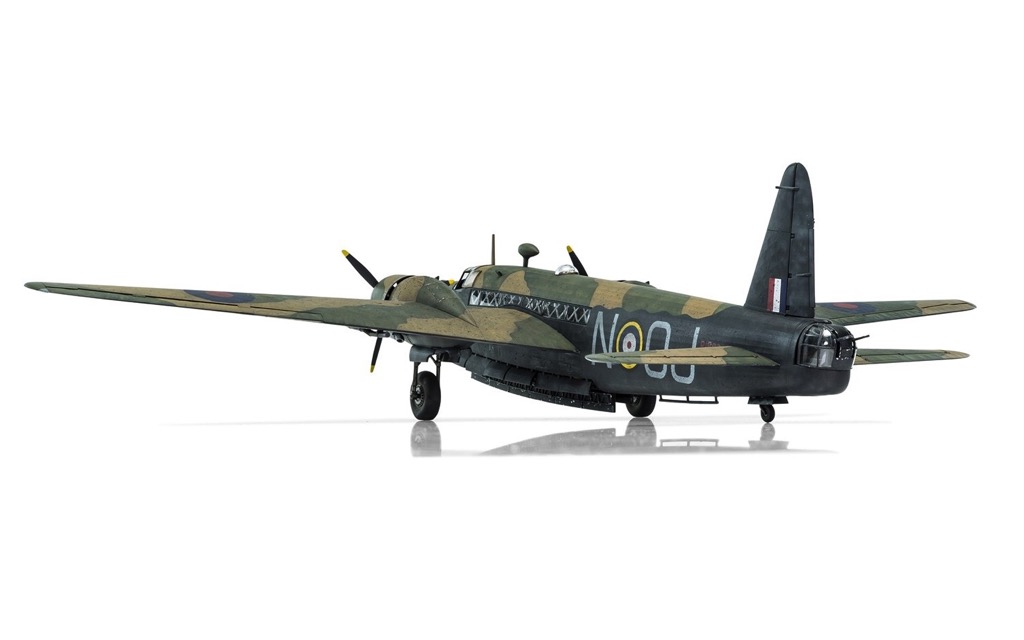

Vickers Wellington Mk.IA/C
Unassembled plastic model kit
Don't forget building supplies!
Backordered (Sign up for an email
notification when it's
back in stock!)List price: $49.99
You pay: $39.19
(All prices in U.S. Dollars)

Manufacturer: Airfix Models
Stock Number: AIR 8019
Scale: 1/72
View all products of type "Wellington"
notification when it's
back in stock!)List price: $49.99
You pay: $39.19
(All prices in U.S. Dollars)


Manufacturer: Airfix Models
Stock Number: AIR 8019
Scale: 1/72
View all products of type "Wellington"
This model kit requires assembly. Cement, paint and other construction materials not included unless specifically stated in the description.
Markings for:
Perhaps the most significant feature of the Wellingtons design was the adoption of a geodetic construction method, which was developed by famous British engineer and inventor Barnes Wallis. Duralumin W-beams were used to form a metal lattice-work construction on to which wooden battens would be screwed, which would then allow the doped fabric outer skin of the aircraft to be attached. The resultant fuselage was relatively light in weight but possessed great strength and whilst this method of construction posed challenges for companies engaged in manufacturing Wellington bombers, the inherent strength of the design would prove crucial when the aircraft was thrust into combat. Capable of withstanding significant battle damage, numerous RAF Wellingtons managed to bring their crews back home, when other bombers would have failed to do so.
- Wellington Mk.Ic, No.75 (New Zealand) Squadron Aircraft, RAF Feltwell, Norfolk, England, 7 July 1941
- Wellington Mk.Ia, "R" Robert, No.20 Operational Training Unit, RAF Lossiemouth, Scotland, December 1940
Perhaps the most significant feature of the Wellingtons design was the adoption of a geodetic construction method, which was developed by famous British engineer and inventor Barnes Wallis. Duralumin W-beams were used to form a metal lattice-work construction on to which wooden battens would be screwed, which would then allow the doped fabric outer skin of the aircraft to be attached. The resultant fuselage was relatively light in weight but possessed great strength and whilst this method of construction posed challenges for companies engaged in manufacturing Wellington bombers, the inherent strength of the design would prove crucial when the aircraft was thrust into combat. Capable of withstanding significant battle damage, numerous RAF Wellingtons managed to bring their crews back home, when other bombers would have failed to do so.

Copyright © 2005-2024 Scale Hobbyist, all rights reserved




















